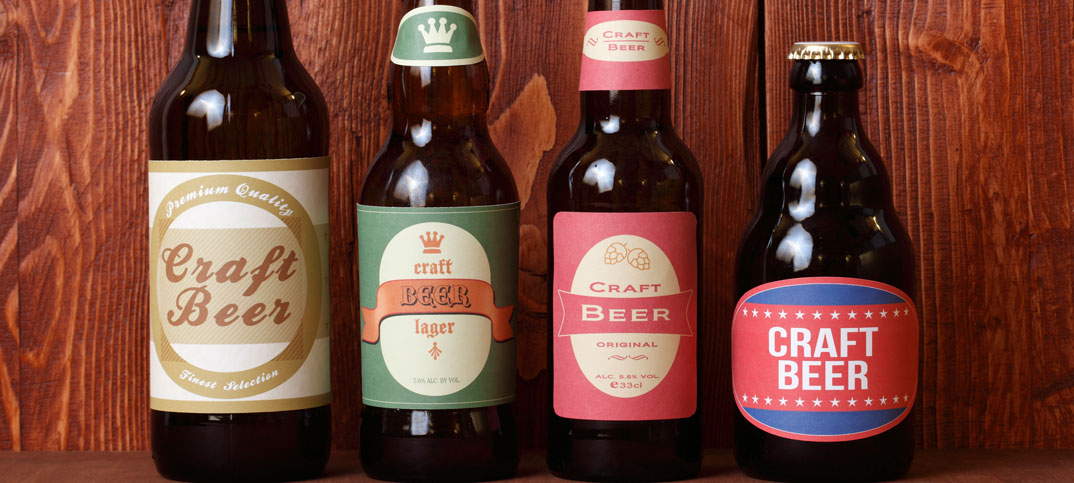Do you know about what you sell? Not just the size and shape of things and your profit margins; do you have the sort of knowledge that would make people buy more from your store?
I ask because of some new research by Pioneer Brewing Company – AB InBev’s craft beer division. According to their work, 74% of drinkers will try a new beer if staff know how to talk about it. Just over a third of customers are drawn to pubs, bars and “even particular retailers” if they think the staff are knowledgeable.
There’s a shop near where I live, a small former newsagent who found himself increasingly struggling to focus on the traditional CTN categories. He looked at what was selling well – his small local craft alcohol range – and changed his shop model entirely. He now basically runs an off-licence with great local beers, supplemented by a tight range of confectionery, snacks, tobacco and soft drinks.
However, he doesn’t really know his stuff. He is a newsagent that has somehow stumbled on a great alcohol range, but he doesn’t alter it regularly enough for his customers to visit more often. It’s clear that he himself doesn’t know a lot about his product range – a local beer supplier helps guide him.
But ask him “if I like this, will I like this?”, and he doesn’t know. Ask him about a new product by a brewery whose range he stocks, and he doesn’t know.
It’s a real shame, and a real missed opportunity. Especially as I found out that this week that a specialist craft beer shop is about to open a new branch almost opposite his store. I fear he will struggle to compete with a specialist.
Here are four starters, but I’d love to know how you stay on top of your beer ranges and cater for growing demand. Let me know on Twitter @Stefan_Appleby.
- Get to know your local brewery – there are more than 1,800 across the UK. There is one near you, wherever you are. Call them and talk to them.
- Learn the key beer styles – lager, IPA, pale ale, porter, stout and red ale – and use this as a range basis.
- Look at what beers people buy together – follow this trend and range accordingly, adding new products where appropriate.
- Get help and rotate your range – ask your local supplier or wholesaler for info on new ranges and launches.





Comments
This article doesn't have any comments yet, be the first!